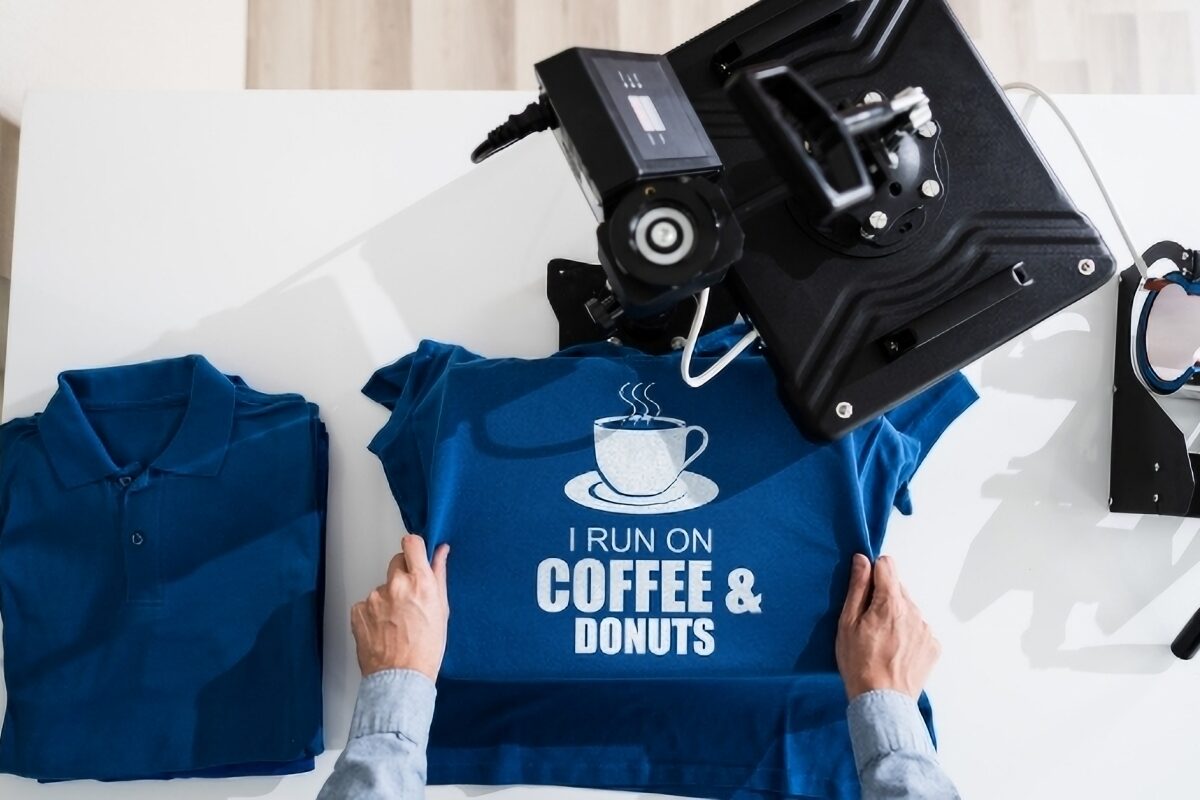In the realm of apparel printing, finding the perfect printing solution can significantly impact both the quality of the final product and the overall cost-efficiency of the process. One method that has garnered attention for its promising features is Direct to Film (DTF) printing. This article delves into the cost-effectiveness, quality, versatility, and efficiency of DTF printing to determine whether it truly stands out as the best value for apparel printing.
Finding the Perfect Printing Solution
When searching for the ideal printing method, several factors come into play: cost, quality, durability, versatility, and efficiency. The goal is to find a perfect printing solution that not only produces high-quality prints but also offers value for money, especially for businesses looking to scale their operations.
Cost-Effectiveness of DTF Printing
DTF printing is celebrated for its cost-effectiveness. The process involves printing designs onto a special film and then transferring them onto fabric using a heat press. This method requires fewer resources and less labor compared to traditional screen printing. Moreover, DTF printing eliminates the need for pre-treatment of garments, reducing the overall cost. The inks used in DTF printing are also less expensive, and the ability to produce vibrant, full-color prints without multiple passes makes it an economical choice for both small and large-scale operations.
Quality and Durability: The Perfect Print Every Time
One of the standout features of DTF printing is its exceptional print quality. The prints produced are sharp, vibrant, and resistant to cracking or fading. This durability is crucial for apparel that undergoes frequent washing and wearing. The prints maintain their integrity over time, ensuring customer satisfaction and reducing returns. The precision of DTF printing allows for intricate designs and fine details to be replicated flawlessly, making it a preferred choice for creating high-quality apparel.
Versatility in Fabric and Design
DTF printing is highly versatile, capable of printing on a wide range of fabrics including cotton, polyester, blends, and even non-textile materials like leather and wood. This flexibility opens up numerous possibilities for designers and businesses looking to diversify their product offerings. Additionally, DTF printing can handle both small and large print runs with equal efficiency, accommodating the needs of custom one-off prints as well as bulk orders.
Efficiency and Productivity of DTF Printing
Efficiency is a critical aspect of any production process, and DTF printing excels in this regard. The method is relatively quick, with minimal setup time and fast print speeds. Unlike screen printing, which requires separate screens for each color, DTF printing can produce multi-color designs in a single pass. This efficiency translates to higher productivity and faster turnaround times, which are essential for meeting customer demands and staying competitive in the market.
Comparative Analysis: DTF vs. Other Printing Methods
Screen Printing
Screen printing is a traditional method known for its durability and vibrant colors, especially on dark fabrics. However, it is labor-intensive and not cost-effective for small runs due to the need for separate screens for each color. DTF printing, in contrast, offers similar durability with less setup time and lower costs for smaller quantities.
Direct to Garment (DTG) Printing
DTG printing shares similarities with DTF in terms of producing high-quality, full-color prints directly onto fabric. However, DTG often requires pre-treatment of garments, which adds to the time and cost. DTF printing eliminates this step, offering a more streamlined process. Additionally, DTF prints are more durable and less prone to fading compared to DTG prints.
Sublimation Printing
Sublimation printing produces excellent results on polyester fabrics but is limited in its application to other materials. DTF printing, on the other hand, is versatile and can print on various fabrics without compromising quality. While sublimation is ideal for all-over prints, DTF provides better options for detailed and vibrant designs on diverse materials.
Conclusion
DTF printing emerges as a compelling choice for apparel printing, offering a perfect printing solution that balances cost, quality, versatility, and efficiency. Its ability to produce durable, high-quality prints on a variety of fabrics, coupled with its cost-effectiveness and productivity, positions it as a superior option compared to traditional methods like screen printing, DTG, and sublimation. For businesses looking to enhance their apparel printing capabilities, DTF printing provides a versatile and efficient solution that meets the demands of modern printing needs.
